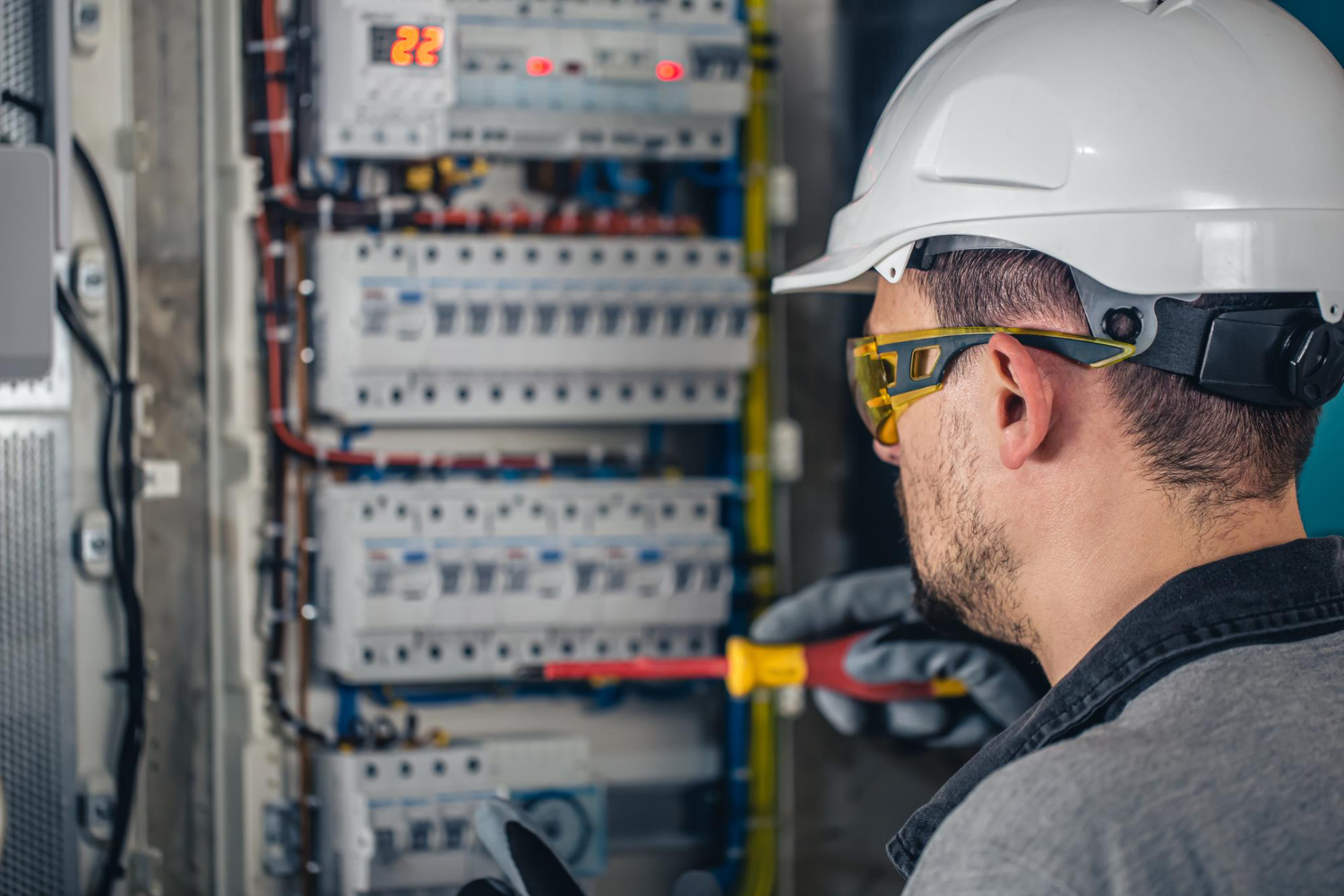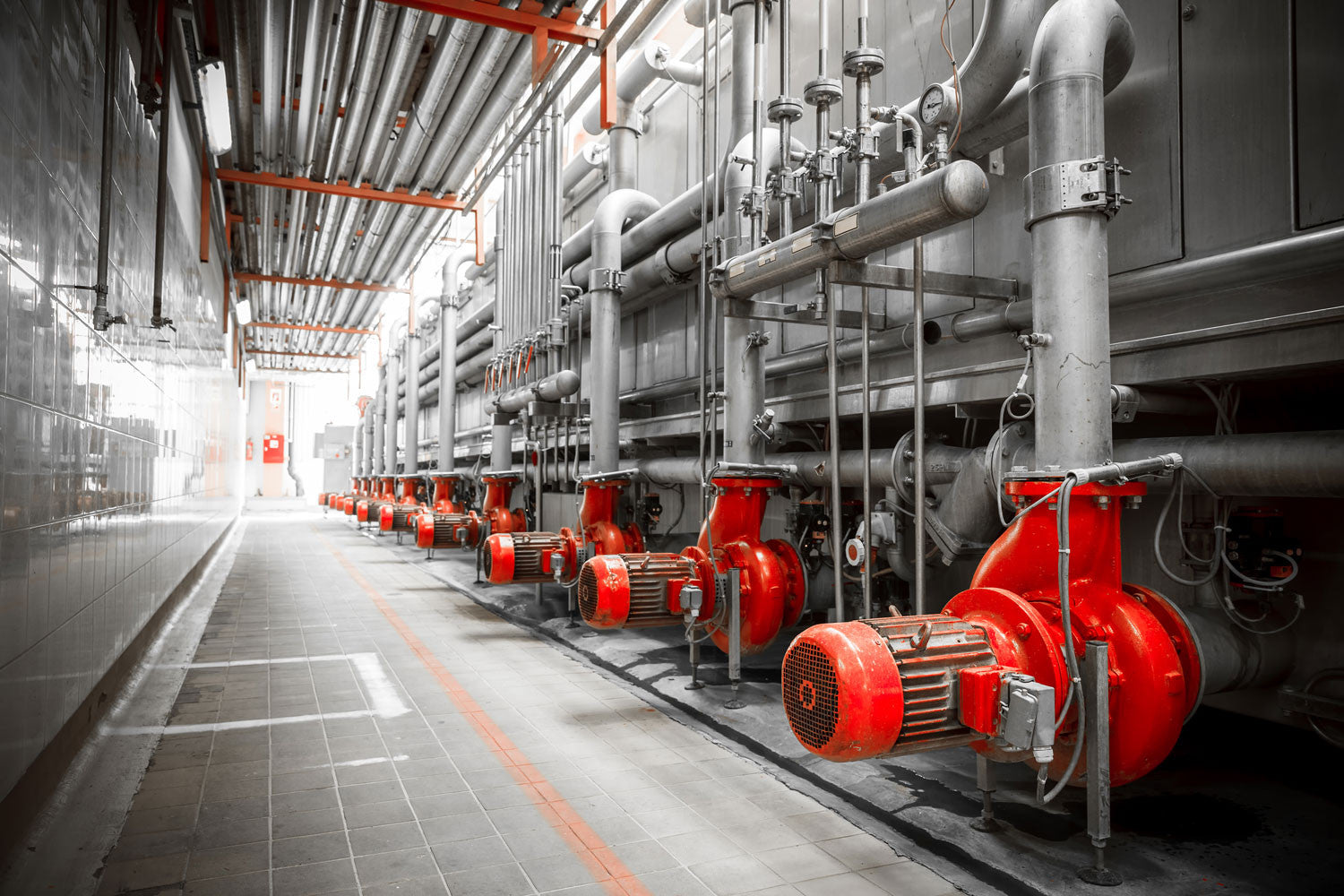10 Simple Techniques For Roar Solutions
Table of ContentsThe Buzz on Roar SolutionsRoar Solutions Things To Know Before You Get ThisThe Only Guide for Roar Solutions
In order to secure setups from a prospective surge a method of evaluating and identifying a possibly harmful location is required. The objective of this is to guarantee the right option and setup of tools to inevitably stop a surge and to guarantee safety of life.

No tools needs to be set up where the surface temperature level of the devices is above the ignition temperature of the given danger. Below are some usual dust harmful and their minimum ignition temperature level. Coal Dust 380C 225C Polythene 420C (thaws) Methyl Cellulose 420C 320C Starch 460C 435C Flour 490C 340C Sugar 490C 460C Grain Dirt 510C 300C Phenolic Material 530C > 450C Aluminium 590C > 450C PVC 700C > 450C Soot 810C 570C The chance of the danger existing in a concentration high sufficient to cause an ignition will vary from place to place.
Hazardous area electric equipment maybe made for use in higher ambient temperature levels. Field Fixing By Authorised Employee: Complicated screening may not be needed nonetheless details treatments may need to be followed in order for the tools to maintain its third party rating. Each piece of equipment with a hazardous score must be evaluated independently.
All about Roar Solutions
The tools register is a detailed data source of equipment records that consists of a minimum set of fields to recognize each thing's place, technological parameters, Ex-spouse classification, age, and environmental information. This info is crucial for tracking and handling the tools successfully within unsafe areas. In contrast, for routine or RBI sampling examinations, the grade will be a mix of Thorough and Close assessments. The ratio of Detailed to Shut assessments will certainly be established by the Equipment Threat, which is examined based upon ignition danger (the chance of a resource of ignition versus the chance of a combustible ambience )and the harmful location category
( Area 0, 1, or 2). This variant will likewise influence the resourcing requirements for work prep work. As soon as Whole lots are defined, you can create sampling strategies based upon the example size of each Whole lot, which refers to the number of arbitrary equipment items to be checked. To determine the called for example size, two elements require to be assessed: the size of the Lot and the category of inspection, which shows the degree of effort that should be applied( reduced, regular, or increased )to the inspection of the Lot. By integrating the group of inspection with the Whole lot dimension, you can then establish the suitable denial requirements for a sample, implying the permitted number of damaged products located within that example. For more information on this process, please refer to the Energy Institute Guidelines. The IEC 60079 typical recommends that the maximum interval in between assessments must not go beyond 3 years. EEHA inspections will certainly additionally be conducted beyond RBI projects as part of set up upkeep and devices overhauls or repair work. These examinations can be attributed toward the RBI sample sizes within the affected Whole lots. EEHA assessments are conducted click to investigate to identify faults in electric devices. A weighted racking up system is essential, as a solitary tool might have numerous mistakes, each with differing degrees of ignition threat. If the consolidated score of both evaluations is much less than twice the fault score, the Great deal is deemed appropriate. If the Great deal is still considered undesirable, it needs to undergo a full assessment or reason, which may cause stricter examination protocols. Accepted Great deal: The reasons for any type of mistakes are identified. If an usual failing mode is located, extra devices may call for maintenance. Mistakes are classified by intensity( Safety, Integrity, Housekeeping ), ensuring that urgent concerns are evaluated and resolved immediately to alleviate any effect on safety and security or procedures. The EEHA database must track and videotape the lifecycle of faults in addition to the rehabilitative activities taken. Executing a robust Risk-Based Evaluation( RBI )approach is important for guaranteeing compliance and safety in managing Electric Tools in Hazardous Areas( EEHA) (Roar Solutions). Automated Mistake Rating and Lifecycle Monitoring: Easily take care of faults and track their lifecycle to boost assessment accuracy. The intro of this support for risk-based assessment additionally strengthens Inspectivity's position as a best-in-class service for governing compliance, as well as for any type of asset-centric examination use situation. If you want discovering much more, we invite you to ask for a demo and find exactly how our solution can change your EEHA administration processes.
The Best Guide To Roar Solutions

In terms of eruptive danger, a harmful area is an environment in which an explosive atmosphere is present (or may be anticipated to be present) in quantities that call for unique safety measures for the construction, setup and use of devices. eeha training. In this short article we explore the challenges faced in the office, the risk control actions, and the required expertises to work securely
These substances can, in particular conditions, develop explosive atmospheres and these can have major and awful effects. Many of us are familiar with the fire triangle eliminate any type of one of the 3 components and the fire can not occur, but what does this mean in the context of harmful locations?
In many instances, we can do little regarding the levels of oxygen airborne, yet we can have significant impact on resources of ignition, for instance electrical equipment. Dangerous areas are documented on the dangerous location category illustration and are determined on-site by the triangular "EX LOVER" indicator. Here, amongst other essential information, zones are divided into 3 kinds depending on the danger, the possibility and period that an eruptive environment will certainly exist; Zone 0 or 20 is regarded the most hazardous and Area 2 or 22 is considered the least.
Comments on “10 Easy Facts About Roar Solutions Explained”